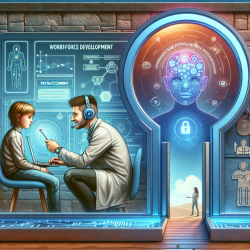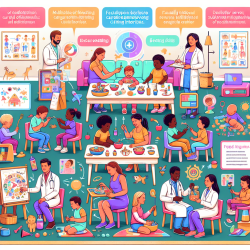Introduction
In the dynamic field of child and adolescent psychiatry, new strategies and concepts are emerging that promise to reshape the future of mental health care for young people. The research article "Child and Adolescent Psychiatry: New Concepts and New Strategies for the Future" provides a comprehensive overview of these advancements. As practitioners, understanding and implementing these strategies can significantly enhance your practice and improve outcomes for children and adolescents.
The Growing Need for Child and Adolescent Psychiatrists
The demand for child and adolescent psychiatrists far exceeds the current supply. With only about 9.75 psychiatrists per 100,000 youth, the gap is significant compared to the recommended 47 per 100,000. The recent pandemic has exacerbated mental health issues among youth, making it crucial to expand the workforce and improve recruitment strategies.
Innovative Recruitment Strategies
Several innovative recruitment strategies have been identified:
- Early Exposure Programs: Programs like the year-long practicum at Johns Hopkins University have shown promise in increasing interest in child and adolescent psychiatry among premedical students.
- Streamlined Training: Shortened training pathways and integrated programs like the triple board program are being explored to attract more candidates.
- Financial Incentives: Loan repayment programs and competitive salaries are crucial in attracting new talent to the field.
Adapting Training Curricula
Training curricula need to adapt to contemporary issues and practice challenges. This includes incorporating:
- Collaborative Care: Emphasizing teamwork across specialties to provide comprehensive care.
- Trauma-Informed Care: Understanding the impact of trauma on mental health and integrating this knowledge into practice.
- Cultural Competency: Addressing mental health disparities through culturally sensitive training.
Conclusion
The future of child and adolescent psychiatry depends on our ability to adapt and innovate. By embracing new recruitment strategies, enhancing training curricula, and advocating for necessary resources, we can build a robust workforce ready to meet the mental health needs of our youth. For a deeper dive into these strategies, practitioners are encouraged to read the full research article.
To read the original research paper, please follow this link: Child and Adolescent Psychiatry: New Concepts and New Strategies for the Future.










